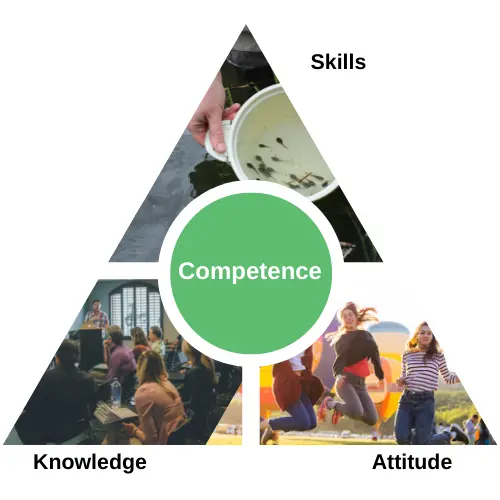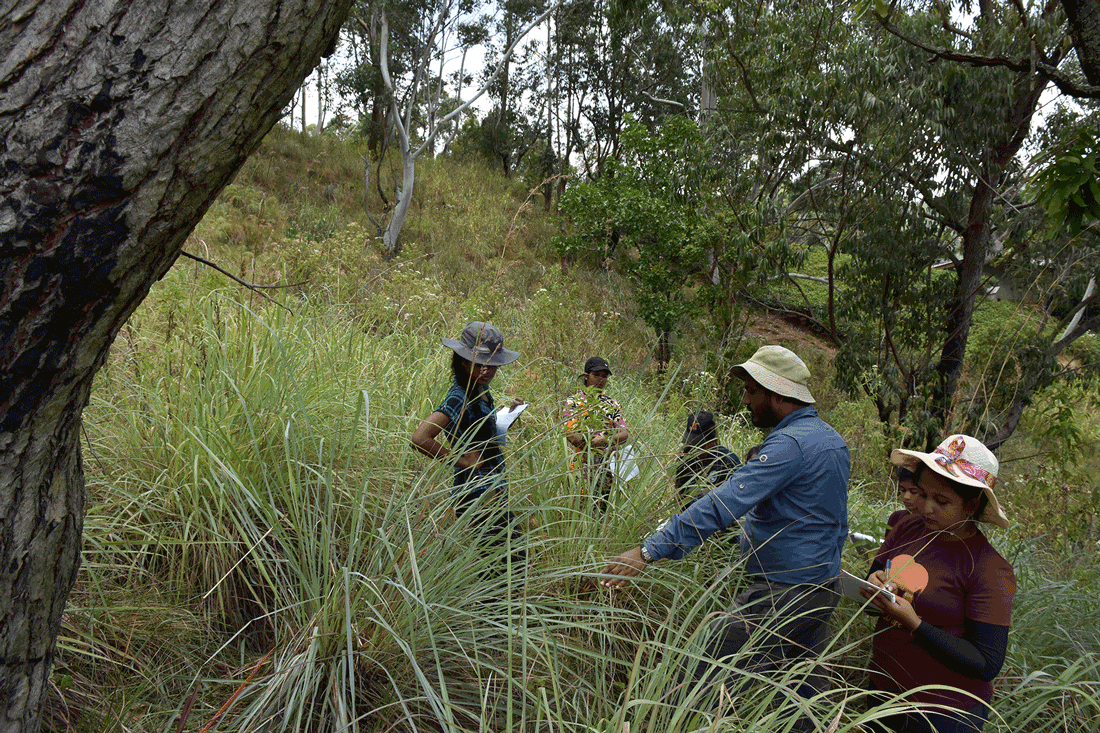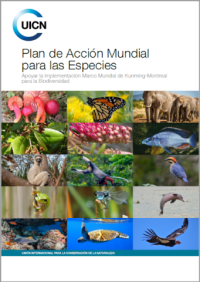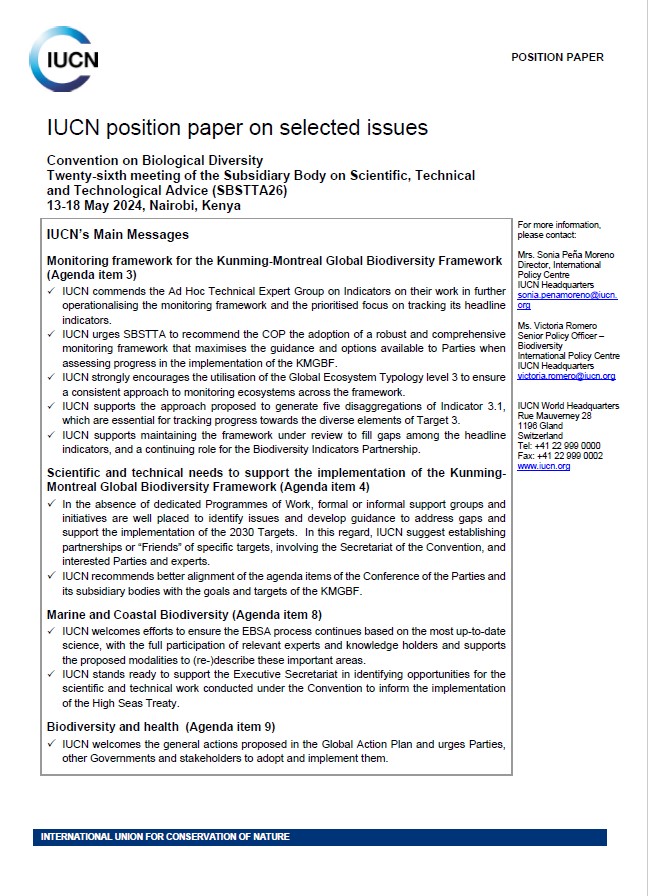Background
Species extinction is occurring at up to 1,000 times the natural rate. Currently, nearly 129,000 species have been assessed on the IUCN Red List of Threatened Species and around 30% of these are threatened with extinction. Threatened species recovery programmes are essential for the restoration of ecosystems and do work, however, in order to meet the challenges of the extinction crisis the global conservation sector needs to do more to increase its effectiveness and maximise conservation impact. Such a process includes the identification of sector-wide competences which enable the development and adoption of competence and performance standards that can be integrated into qualifications, professional development, career paths and performance assessments, as well as driving organisational culture change.
Competence frameworks are widely used in many professional sectors, helping to develop capacity by defining and recognising the required skills, knowledge and personal attributes (Figure 1). Registers of competences have been developed within the conservation sector, including the IUCN World Commission on Protected Areas (WCPA) a global register of competences for protected area practitioners. Until now, however, no equivalent overarching global competence register has existed for the species conservation sector. Here we present a register of competences in the form of a directory of the possible skills, knowledge and personal attributes required by practitioners working in threatened species recovery programmes around the world, in both in-situ and ex-situ contexts.
At a time when the conservation sector needs to be far more effective and deliver greater conservation impact, it is hoped that this Competence Register will demonstrate that ensuring the future of the planet’s biodiversity is a complex, multi-skilled profession, worthy of respect, recognition and support (Appleton, 2016).





